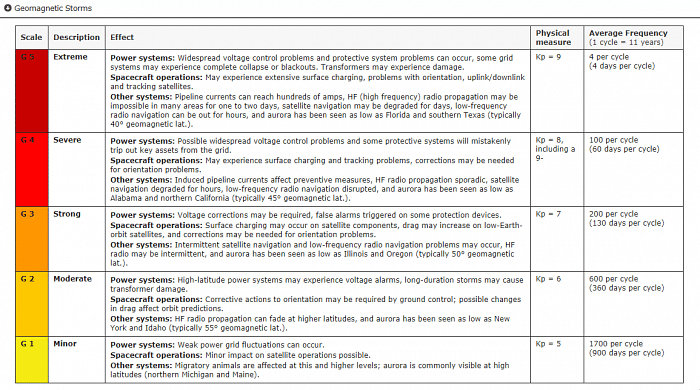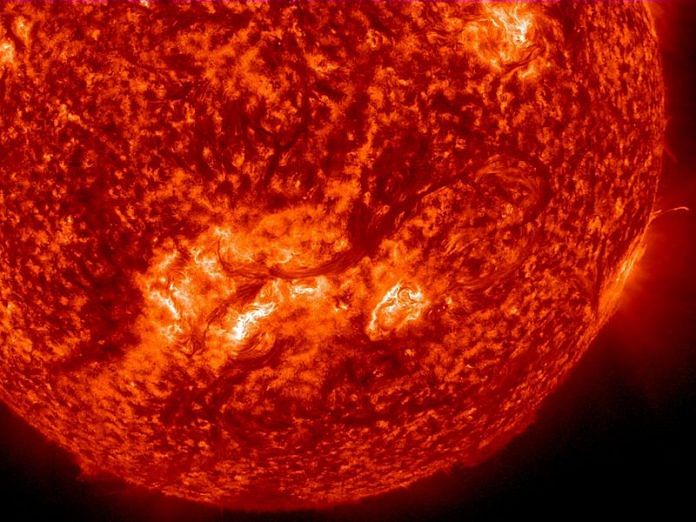The storm has already passed, still there is a buzz that it will knock out power, cause darkness and give us dizziness over the weekend.
Bengaluru: A solar storm came and went in the past couple of days, but Indian WhatsApp groups are abuzz with links from websites quoting a Russian announcement, which claims that a massive magnetic storm over the weekend will knock out power, cause darkness, and give us dizziness. The announcement has been misrepresented and none of that is true, especially given that the storm has already passed.
Solar storms or geomagnetic storms are temporary disturbances in our magnetosphere, the protective magnetic field surrounding the earth. These are caused by charged particles travelling at high speeds from the sun, in a phenomenon called coronal mass ejection, and colliding with our protective magnetic field. We can observe this ejected material over different wavelengths of light (X-rays, UV, etc). We have seen this happen plenty of times through its most obvious visible results: the colorful, dancing auroras.

The solar storm we faced this week was categorised as “minor”, at the lowest level of the geomagnetic storm scale. The scale goes from G1 to G5, with G1 doing nothing more than giving brighter auroras and G5 actually disrupting voltage systems causing blackouts in some places. Even at the “extreme” G5, human beings are not affected at all.
One of the world’s leading authorities that study solar activity, flares, space weather, and issues warnings related to the sun is the National Oceanic and Atmospheric Administration (NOAA) in the United States. In India, research on solar activity and space weather takes place at National Physical Laboratory (NPL) in Delhi, Physical Research Laboratory (PRL) in Ahmedabad, National Atmospheric Research Laboratory (NARL) at Gadanki near Tirupati, and Space Physics Laboratory (SPL) at Thiruvananthapuram.






